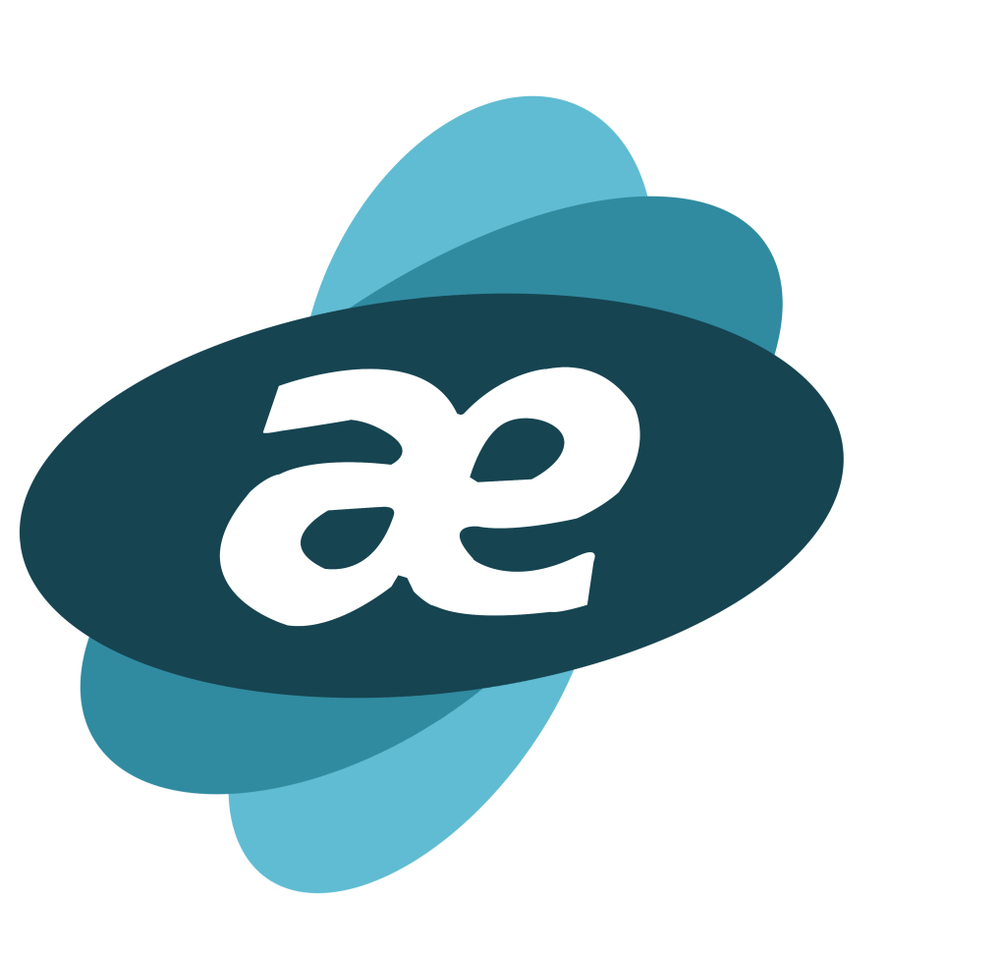What you Need to Know About Privacy Coins in 2019

Bitcoin’s lack of fungibility has led to the emergence of so-called “privacy coins” which allows users to make private transactions. While the open, transparent blockchain ledger of Bitcoin is one of its main strengths, it is simultaneously one of its biggest weaknesses. Transactions can be blacklisted, coins become tainted by past criminal use, and the rise of blockchain analytics means that bitcoin users are now tracked more than ever.
In this article, we will give an overview of the most popular privacy coins, detailing their history, achievements, current state and what the future may hold for them.
First up, we will present two coins that are both based on the CryptoNote protocol, which mysteriously emerged in 2014. Then we will present a newer, innovative coin that launched in 2019, followed by a privacy-focused cryptocurrency that is based on Bitcoin’s code. The first coin on our list is arguably the market leader for privacy coins.

Monero (XMR)
Named after the word for money in Esperanto, Monero has been around since 2014 and was introduced by a mysterious alias, known as ‘thankful_for_today.’ However, he was quite the dictator and after some questionable changes, a group of individuals banded together to rescue the project, put CryptoNote to its full potential and formed into what is known as Monero today. Some of these individuals are known people, like Riccardo Spagni and David Latapie, while others are anonymous, such as NoodleDoodle, eizh, Tacotime, and smooth.
Since its introduction in 2014, Monero has blossomed into one of the most successful decentralized blockchain networks and provides a real hedge against bitcoin given its superior fungibility and unique codebase, based on the CryptoNote protocol.
Monero ensures privacy through three cryptographic methods. Firstly, stealth addresses are used so you cannot tell if someone else has made a payment with their address. Also, if you give someone your monero address, no one else knows how many XMR you hold or if you have sent any payments in the past.

Secondly, on January 10, 2017, Monero upgraded to RingCT, which improved the privacy by hiding the amount of monero you send and it was the first time a CryptoNote coin implemented confidential transactions.
Thirdly, there are ring signatures which make sure an observer cannot tell when or if you have spent your funds. Basically, when you spend your monero, you transaction will be mixed with ‘decoys’ and it will appear as if everyone is transacting with everyone all of the time. If you receive some funds to your monero wallet, other users will start randomly including your anonymously received funds as a plausible source of funds in their own transactions.
Monero also differs from bitcoin as it has a dynamic block size and does not have a fixed limit on the amount of coins, but rather has a tail emission. The dynamic block size safeguards against specific attacks as well as allowing the blockchain to handle transactions if there are fluctuations in demand.
In contrast to Bitcoin which had a fixed block size of 1MB, Monero’s block size can grow dynamically, but a penalty will be enforced if miners create a block larger than the median block size for the last 100 blocks. Another interesting feature is Monero’s tail emission, which means that miners will be subsidised at a low rate of 0.2 XMR per block forever once 18.4 million XMR are in circulation. This is interesting because no one knows if a fee market will be able to sustain bitcoin in the long-term once the block rewards have dissipated. The supply schedule of monero was designed to be bootstrapped and catch up with the bitcoin network quickly so that they are similar in the amount of coins circulating by the time there are 18.4 million XMR in circulation.
Monero started to gain traction early on and galvanized on its success when Poloniex introduced trading for the leading privacy coin. Later on, the altcoin gained popularity when the dark web marketplace AlphaBay incorporated the cryptocurrency into its platform. Several philanthropic ventures have also used the monero network to raise money for good causes, such as BailBloc.
You can use xmr.to to send monero to bitcoin addresses, effectively making every bitcoin merchant a more merchant as well. The best exchanges to buy or sell XMR are Binance, Bittrex, Poloniex, Bisq, and TradeOgre, and there is also a dedicated peer-to-peer marketplace called LocalMonero. You can store monero in various wallets, including the official GUI/CLI clients, Monerujo, MyMonero, Cake Wallet, and X Wallet.
Looking to the future, monero is in an advantageous position as it is the only cryptocurrency that provides fungibility. By making transactions private by default, monero has so far avoided the problems associated with bitcoin such as tainted coins, blacklists and censored transactions. However, scaling monero will be much more difficult than it is for bitcoin, since the transactions are larger in size due to the privacy features.

Monero’s biggest challenge will be its extended fight against ASIC miners, who centralize the mining and bring about risks to the future viability of a cryptocurrency. While the cryptocurrency project has hard forked multiple times to change its mining algorithm and discourage specialized mining machines from being produced, the effect has been short-lived and the project are now looking to implement RandomX, an algorithm to make ASIC mining inefficient and make CPU mining viable once again.
A few others things to look forward to in the future are; monero’s inflation will fall below bitcoin’s in 2019 and will remain lower until mid-2020 (which could precipitate a buying frenzy amongst crypto traders), continued world-class research from the Monero Research Lab, and a community funded hardware wallet.
Aeon (AEON)
The second CryptoNote coin is Aeon, sometimes described as Monero’s “sparring partner”, meaning that more experimental development is done on aeon, as a sort of test bed for Monero. The features are quite similar between Aeon and Monero, but with a few important differences.
Firstly, aeon has a 1MB scratchpad meaning that the cryptocurrency is more mobile friendly than Monero. With lower resource requirements, you can run a node and download the blockchain on your mobile phone. Secondly, aeon tweaked Monero’s proof of work to create CryptoNote-lite which allows faster verification of the blockchain. Thirdly, aeon allows optional lightweight transactions that do not come with the privacy afforded by normal aeon transactions. Finally, the community is a lot smaller, development is a bit slower as there are less people working on it, the trading volumes are much lower and adoption by merchants is pretty much negligible.

Nevertheless, it is an interesting coin because it sort of serves as a hedge against monero failing, a bit like how litecoin serves as a hedge against bitcoin. The project was founded by an anonymous developer in June 2014, but was later taken over by monero developer ‘Smooth’. You can use aeon to send money to bitcoin addresses using aeonapi.com, however the limit is very low at 0.05 BTC.
Looking to the future, since the genesis block of monero and aeon are very close together, the inflation for aeon will also fall below bitcoin’s between 2019 and 2020. Also, the younger brother of monero is also looking to differentiate itself much more in the near future, with a planned migration to the SHA-3 algorithm, which aims to avoid the frequent hard forks that are meant to cripple ASIC miners.
With SHA-3, it allows ASIC miners but should be efficient enough that ASICs are not developed for a long time and when they are, it will be a level playing field since the financial incentive to create ASICs for SHA-3 are very low. ASIC manufacturers will not be able to make as much money creating an ASIC for SHA-3 than they would for say an algorithm of a coin with a much higher market capitalization and trading volume.
The best exchanges to buy and sell aeon are Bittrex and TradeOgre. There is a monerujo wallet for aeon, along with the official GUI/CLI clients.
While aeon is not as far along as monero is in terms of development and its community, that suggests it has a higher upside potential, as when more developers work on it, more merchants accept it, and more people use it, it will become more valuable. Also, the network will strengthen as more people participate, making the privacy guarantees much stronger.
Next up, we will look at relatively recent privacy coin that uses some innovative methods to provide privacy for its users.
Grin (GRIN)
For our third privacy coin, we look at Grin. Like monero and aeon, Grin was fairly launched with no pre-mine, token sale or founder’s rewards. Grin’s main goals are to provide privacy by default and make mining decentralized and its main technology, MimbleWimble, was introduced in August 2016 by an anonymous developer by the alias “Tom Elvis Jedusor”. Bitcoin developer Andrew Poelstra published a whitepaper explaining MimbleWimble later on in October 2016 and Grin the cryptocurrency launched in January 2019.
Unlike other cryptocurrenices, however, Grin has has no addresses and no amounts. These two properties, along with the property that for two transactions, one is spending the other, enable Grin to provide anonymity. For every two transaction, they are merged in a block to form only one transaction, removing all intermediary information. With no addresses nor amounts, all transactions are indistinguishable from one another unless you have participated directly in that transaction.
In Bitcoin, transactions are collected into a block, however, with Grin a block looks like one big transactions and all original associations between inputs and outputs are lost. A further difference is the Proof of Work algorithm used by Grin, which is called the Cuckoo Cycle. A further difference compared to most altcoins is that Grin is not based on Bitcoin’s code and has its own, unique blockchain protocol, known as MimbleWimble. You can read more technical details about how it works here.

Finally, the supply schedule of Grin looks very different compared to Bitcoin, however, it is quite similar to Monero’s. The emission rate of Grin is linear, meaning it never drops, and is currently 60 GRIN per block, with an average block time of 60 seconds. The developers of Grin believe that this is not a problem since dilution trends toward zero and a non-negligible amount of coins will be lost and destroyed each year.
However, the emission model has raised criticisms and concerns, as Grin does not have an upper limit on supply like bitcoin, but also does not have a tail emission like Monero, since Grin’s emission rate is linear while Monero’s is only linear once 18.4 million coins have been mined. With a high rate of supply, demand needs to be much stronger than it is in bitcoin for the price to appreciate. This experimental cryptocurrency may not become a store of value, but rather, a medium of exchange instead.
Critics have also raised concerns about CoinJoin, one of the privacy features Grin uses, being an inferior method to ring signatures to provide privacy. There is also the point that transaction graphing could be used by blockchain analytics companies to eventually to uncover detailed information on transactions.
The best exchanges to buy GRIN are Bittrex, Poloniex, and KuCoin. While this coin is very innovative and experimental, it could fail terribly, but it seems to have a bright future and is definitely one privacy coin to watch closely.
The final coin on our list is part of Bitcoin’s family tree.
Zcash (ZEC)
Zcash builds on Bitcoin’s code by adding a complex and new piece of cryptography known as zk-SNARKs, which is a sort of zero knowledge proof to ensure anonymity. The coin was launched in October 2016 and generated a lot of hype, but some privacy advocates see this altcoin as a wolf in sheep’s clothes.
The first thing to explain is that unlike other coins on this list, privacy is not enforced on users by default. With Zcash, you can make transparent transactions or private transactions.
Optional privacy is a big flaw as a very small proportion of the network currently uses private transactions, making them stick out like a sore thumb. This is best illustrated by a recent example where a number of private transactions on the Zcash network were censored by miners, reminiscent of the problem Bitcoin has faced with tainted coins and blacklists. However, there is an intention to deprecate transparent transactions, but the timeline is unclear.
Another difference between Bitcoin and Zcash is the latter’s controversial founder’s reward, which takes 10 percent of the block reward away from miners and redistributes it to the Zcash foundation, which is said to use the money for development of the protocol. This feature of Zcash goes against the principles of fairly launched coins and distorts the economics of the coin. Add on top of this a US-based company as the centralized head of Zcash, which means that the US government could easily force the company into submission whenever it wants and the network could become compromised.

Furthermore, Zcash required a trusted setup to calibrate its zero knowledge proofs and provide privacy in its network. The issue is that if the trusted setup was compromised, Zcash could allow an insider/attacker to create an unlimited amount of ZEC, all without anyone knowing. This potential flaw of Zcash is explained in more detail here. A compromise of the trusted setup would also make all privacy guarantees null and void.
To get a more detailed look at an example of these sorts of bugs or attacks, the author would recommend ‘Burning Zerocoins for Fun and for Profit’ by researcher Tim Ruffing, which looks at a vulnerability of the Zerocoin protocol. While Zcash is based on Zerocash – a slightly improved version of Zerocoin – it does go to show that the technology Zcash is built on is still very experimental and unproven.
The upside is that if the trusted setup is valid and flawless, then the ground-breaking cryptography that powers Zcash could prove itself to be better against more established techniques in the long term, such as those used in Monero or Aeon. Because zk-SNARKs are relatively new, they are not as battle-hardened as other cryptographic techniques but they could have a lot of potential for privacy-preserving applications.
Similar to Bitcoin, Zcash will only ever have 21 million coins in existence and has a block reward halving roughly every four years. While this feature makes the coin much more scarce than other cryptocurrencies on our list, it does not reach lower levels of inflation until further out in the future as compared to Monero or Aeon. Like Grin, Zcash has a higher inflation rate compared to bitcoin and other privacy coins, due to its slow start mining mechanism which delayed the rate at which blocks were found in its early stages and its relative age.

Looking to the future, Zcash has gained a lot of adoption thanks in part to the codebase it shares with Bitcoin. However, it is likely to face the same, if not bigger problems, than Bitcoin due to its feature of optional privacy, as well as its centralized leadership and potentially compromised trusted setup.
With no way to audit the trusted setup or the coin supply, ZEC is a lot riskier than monero, but it might be worth investing in Zcash just for its 2020 block reward halving, which have historically pushed altcoins higher in the months leading up to the halving event. For example, Litecoin’s halving in 2015 and Vertcoin’s halving in 2017 were both preceded by a large rise in the value of the coin in question.
